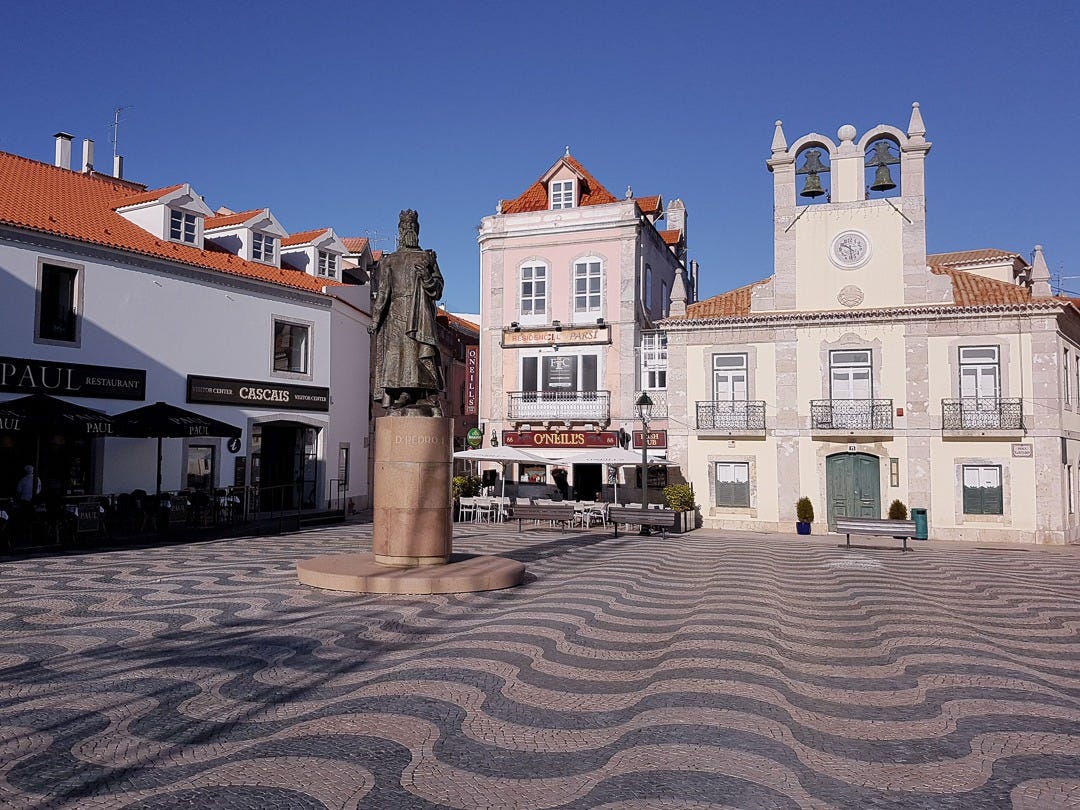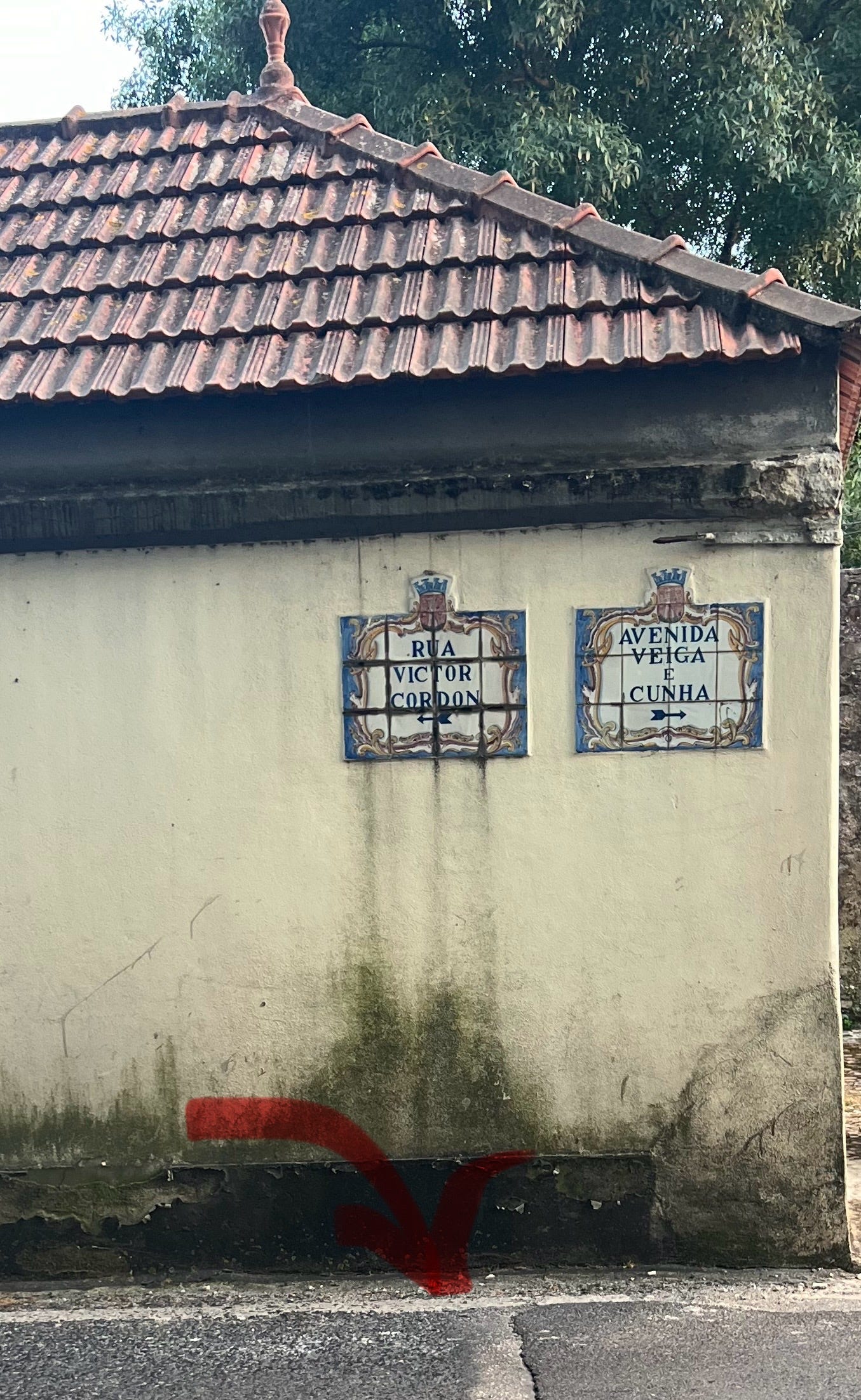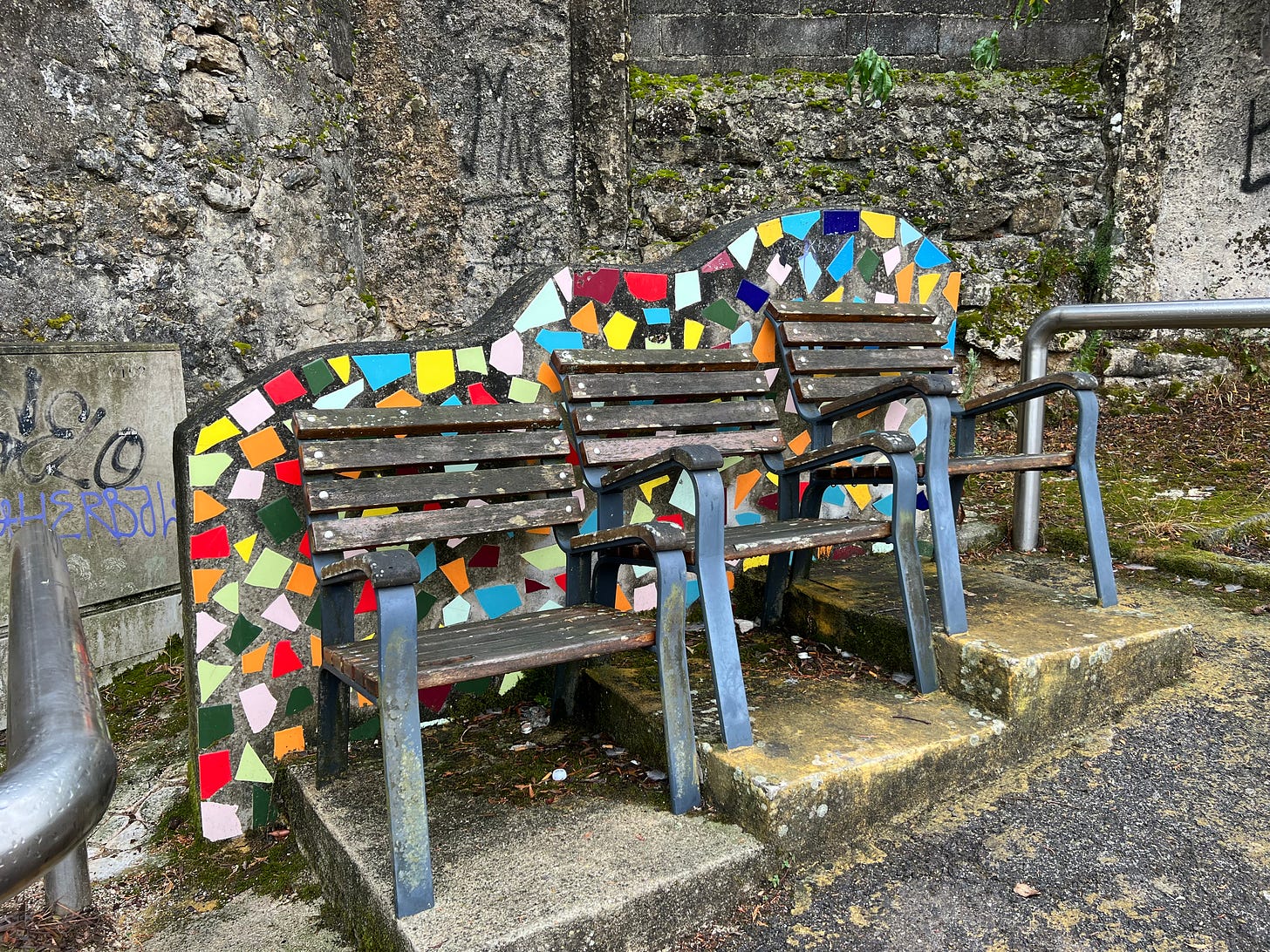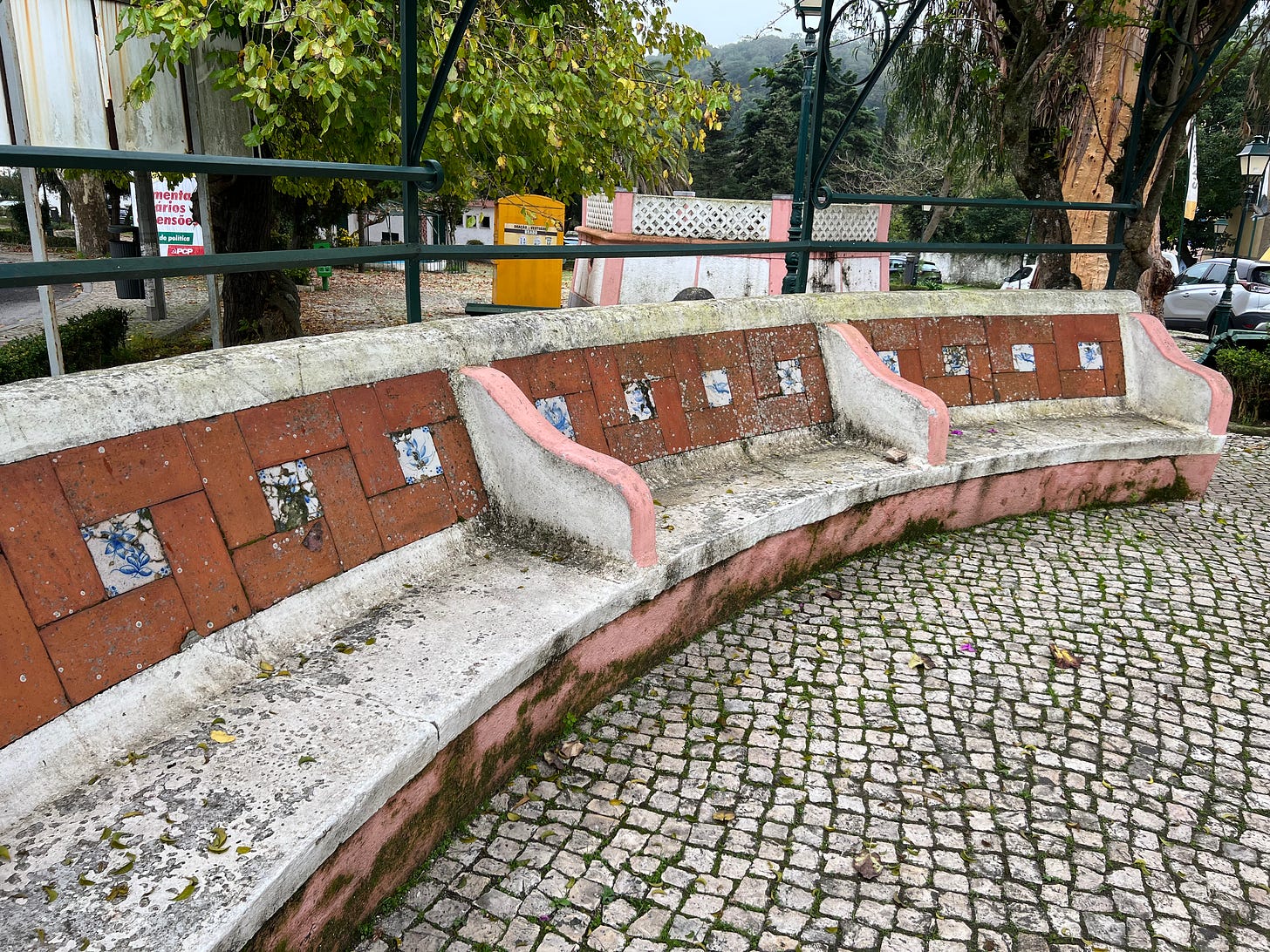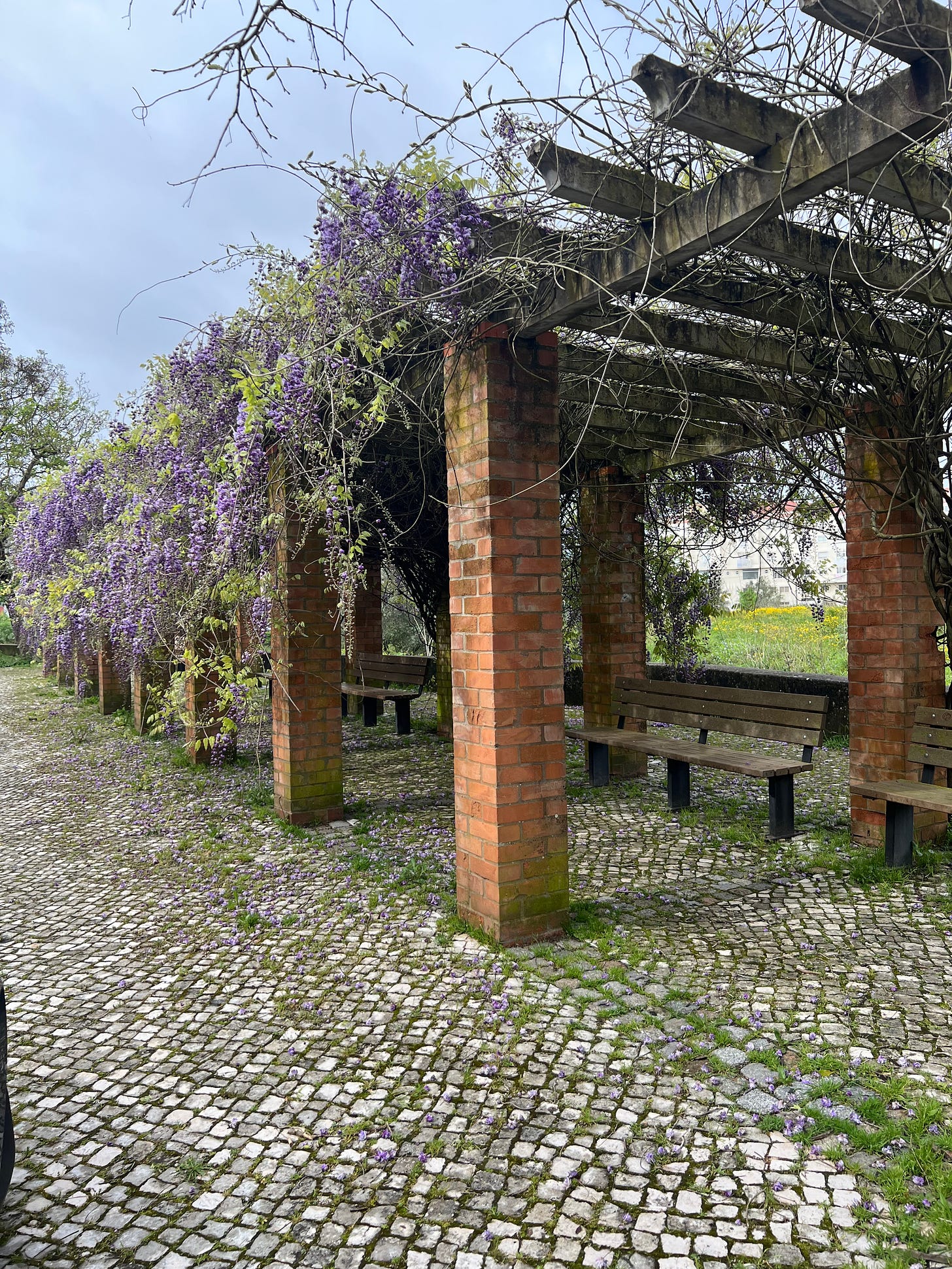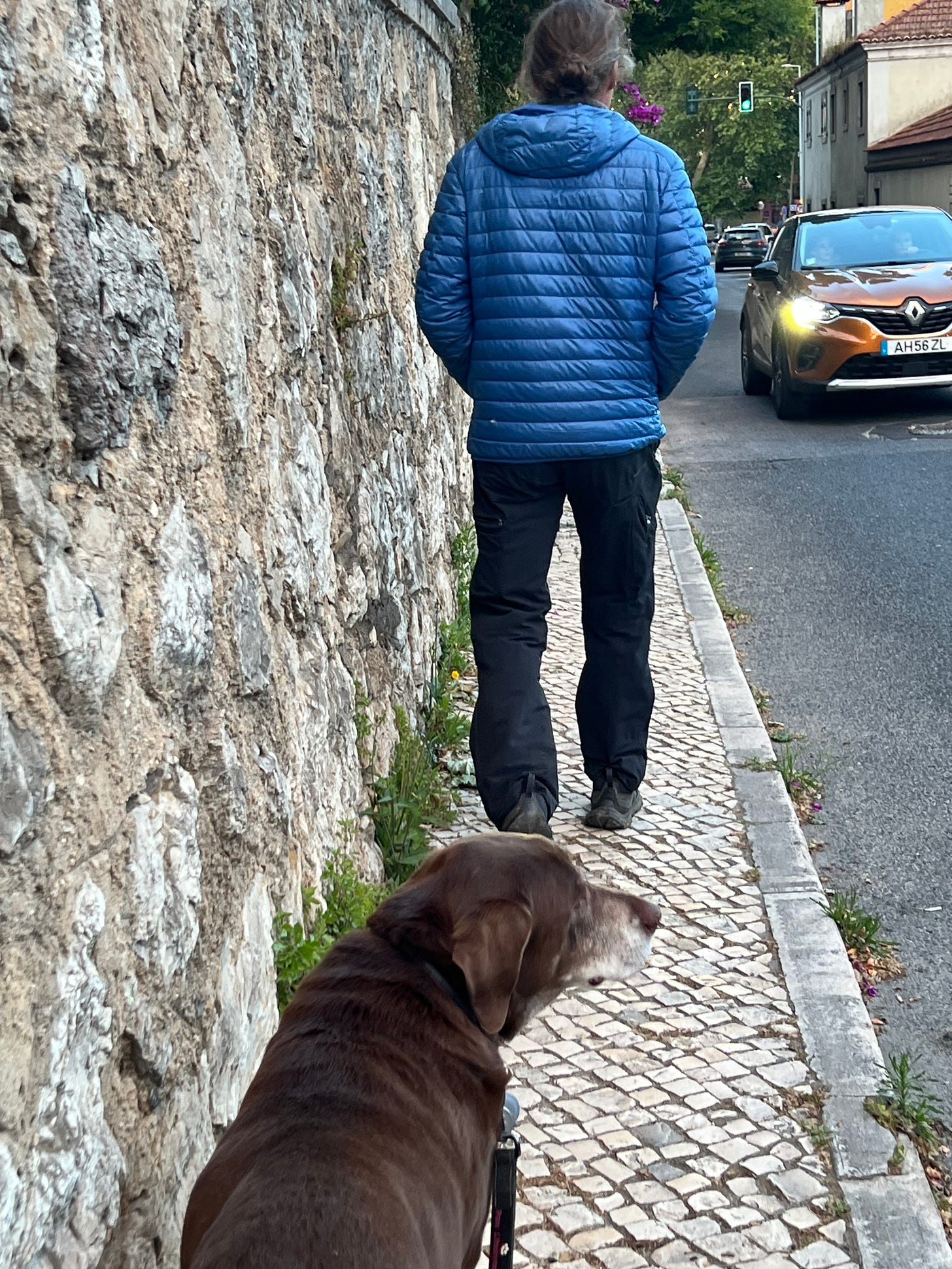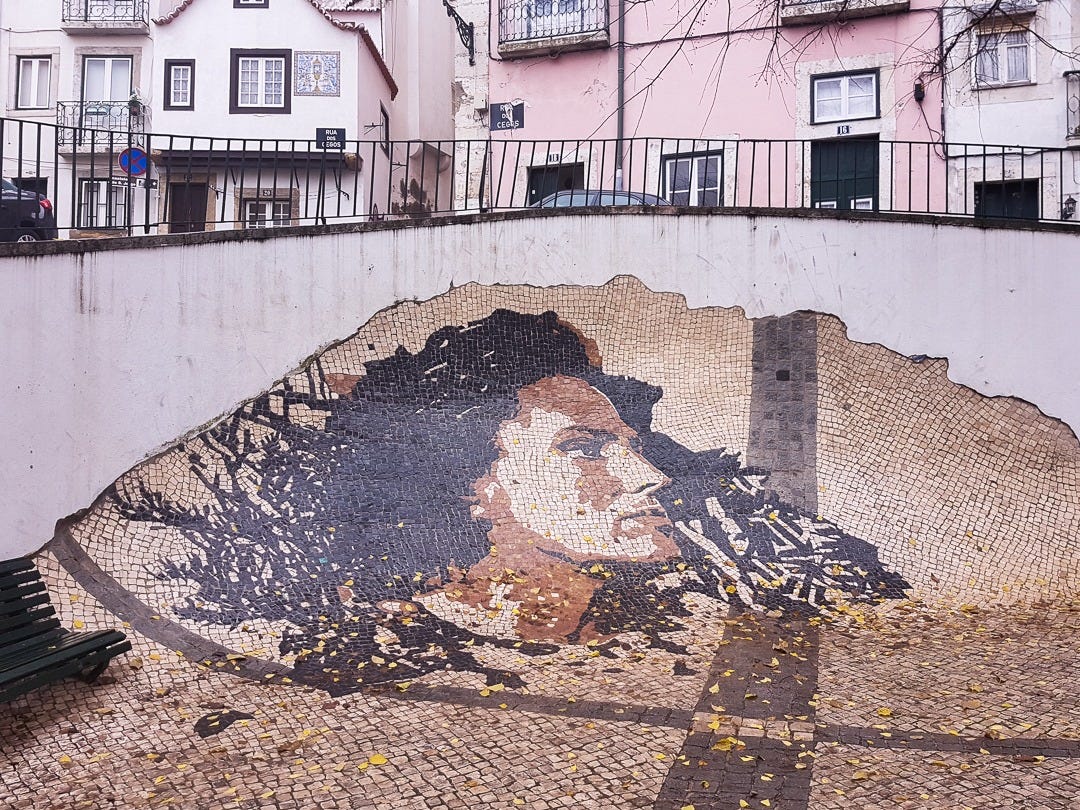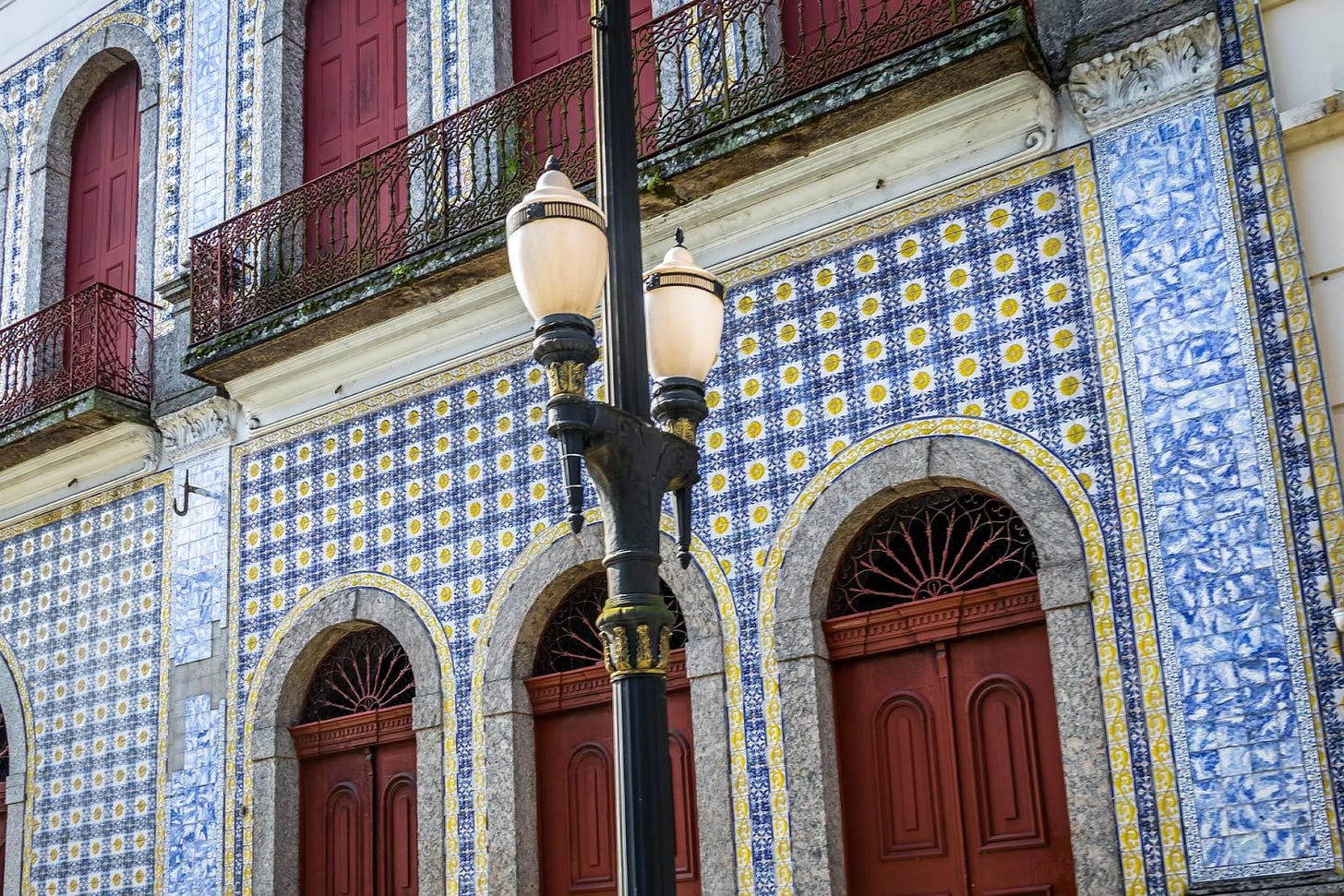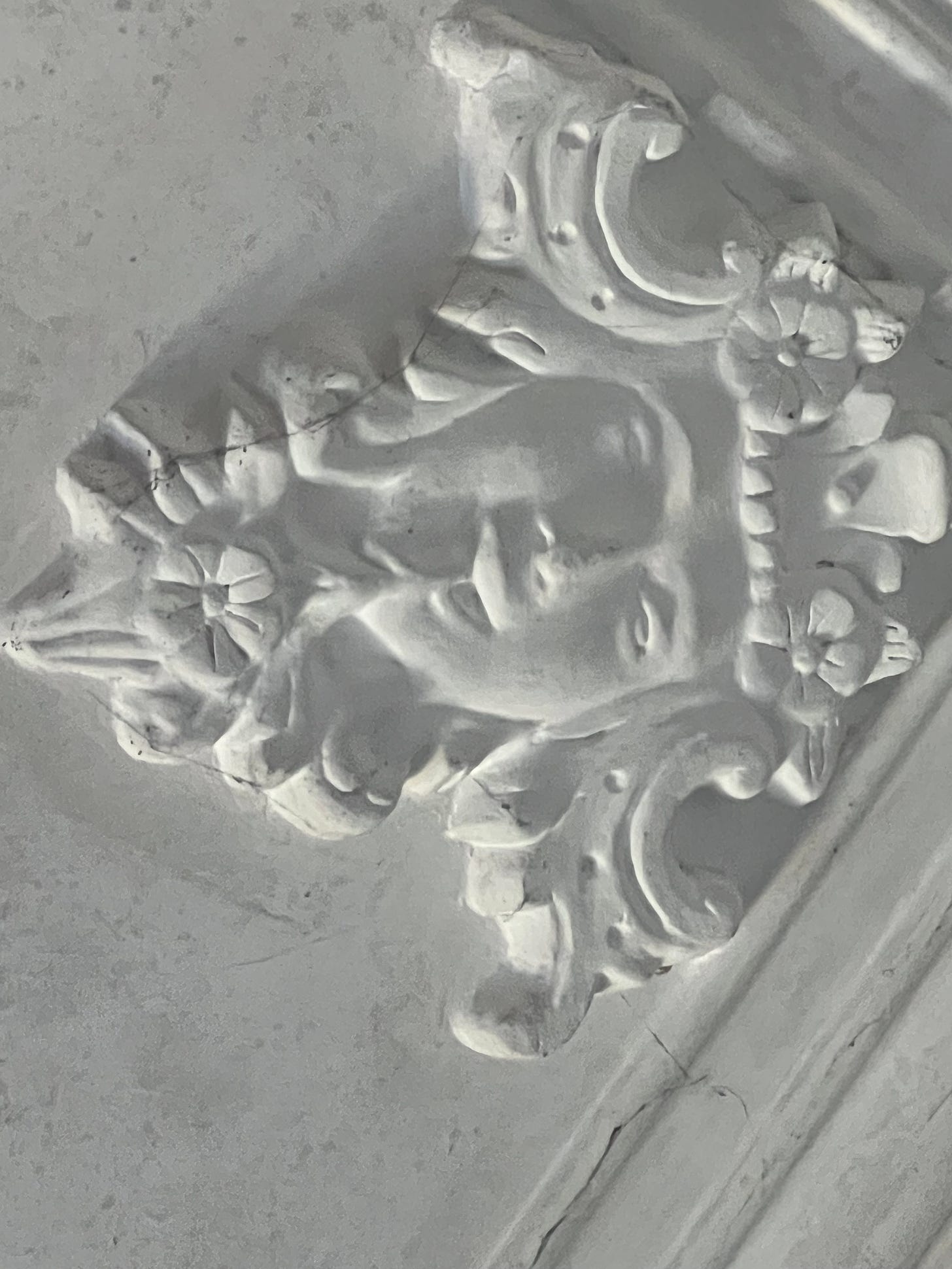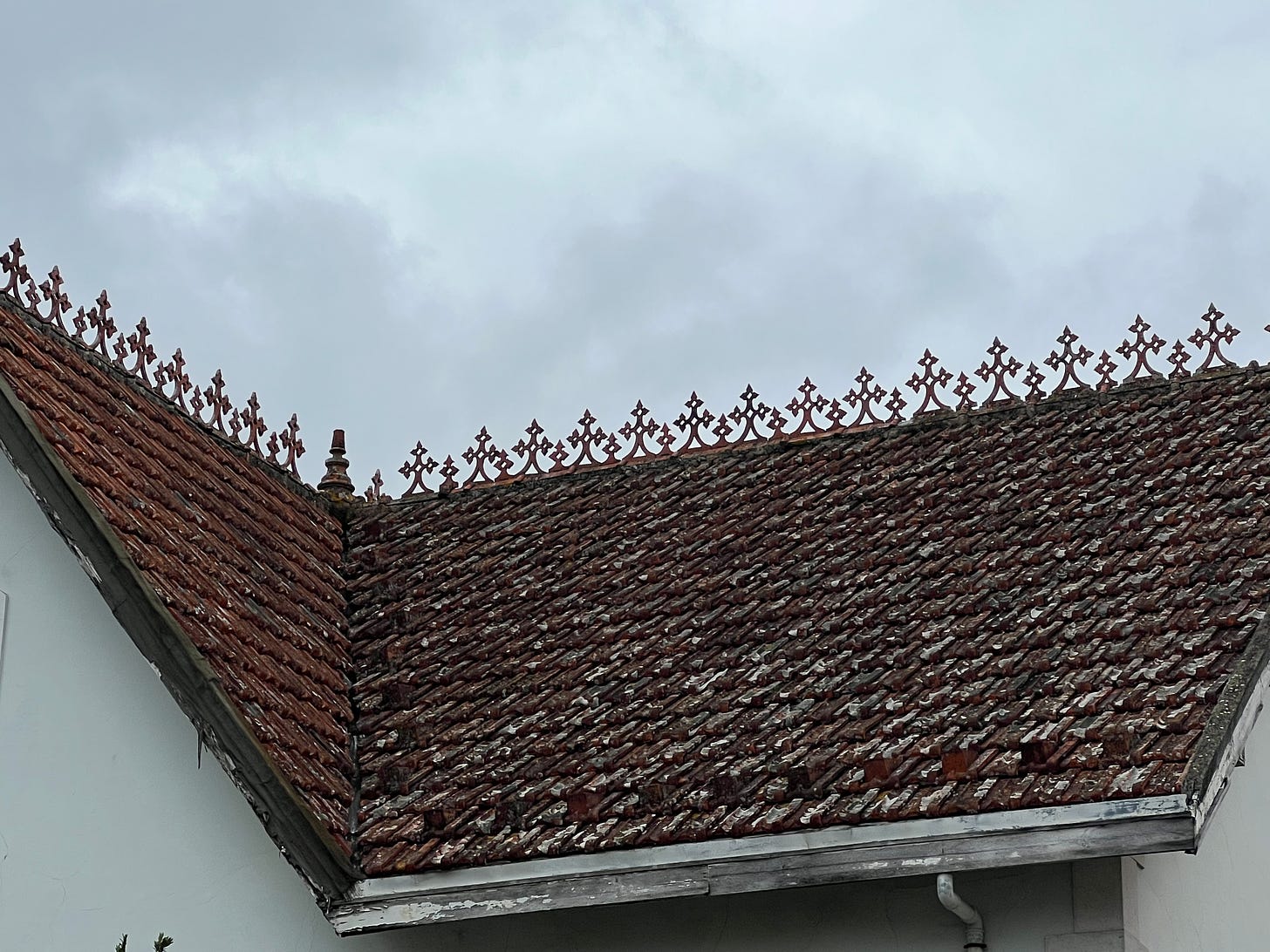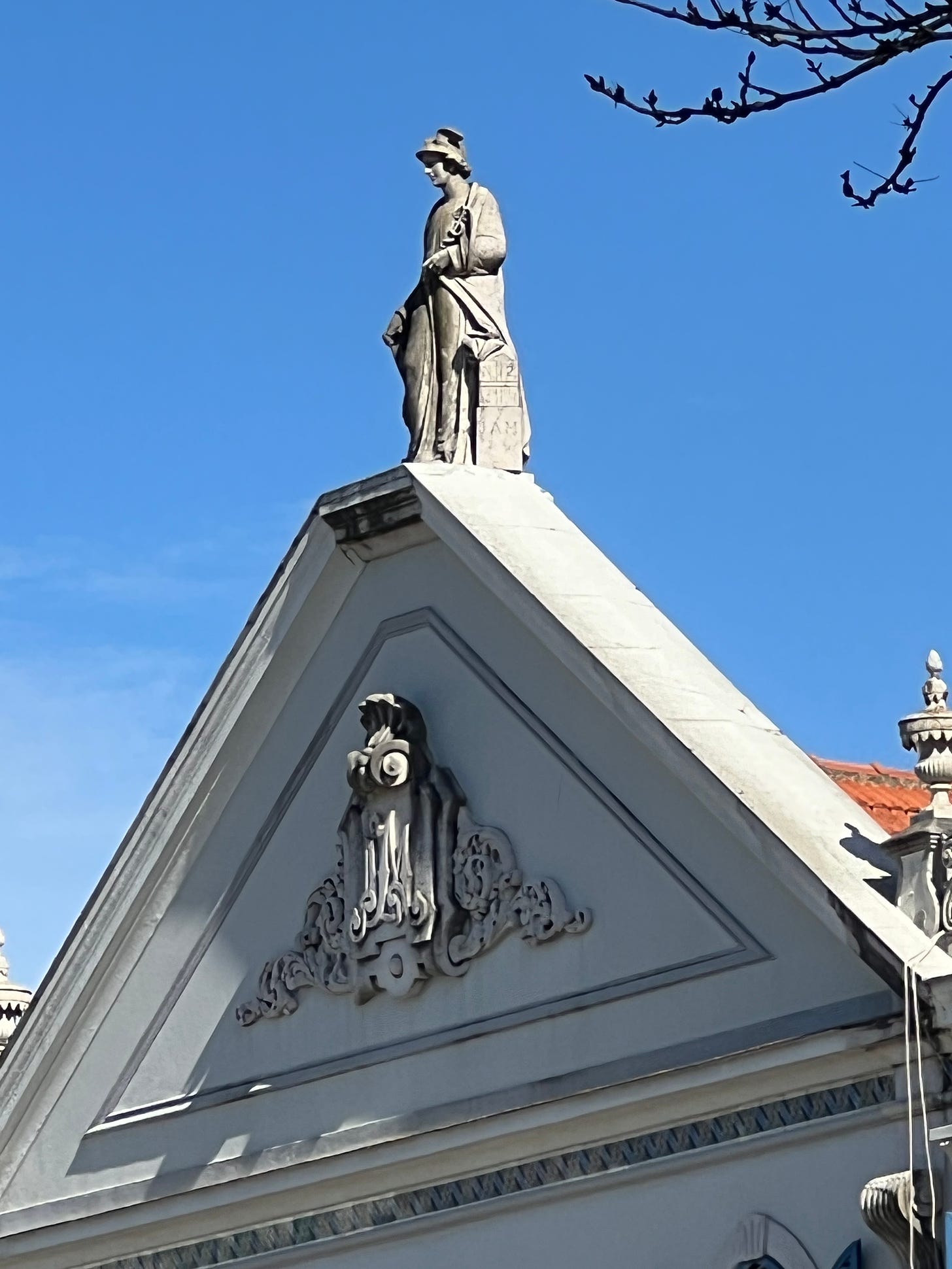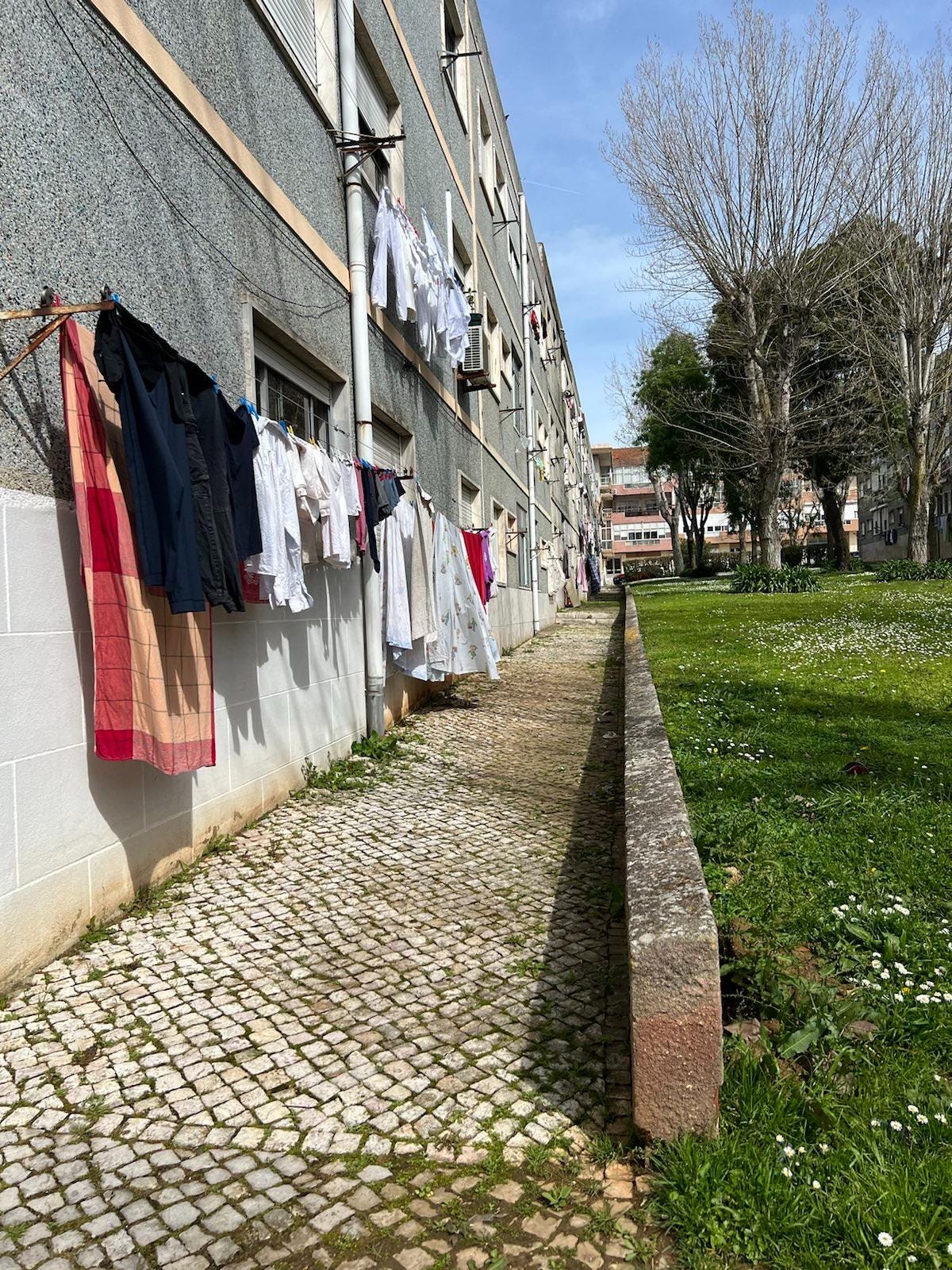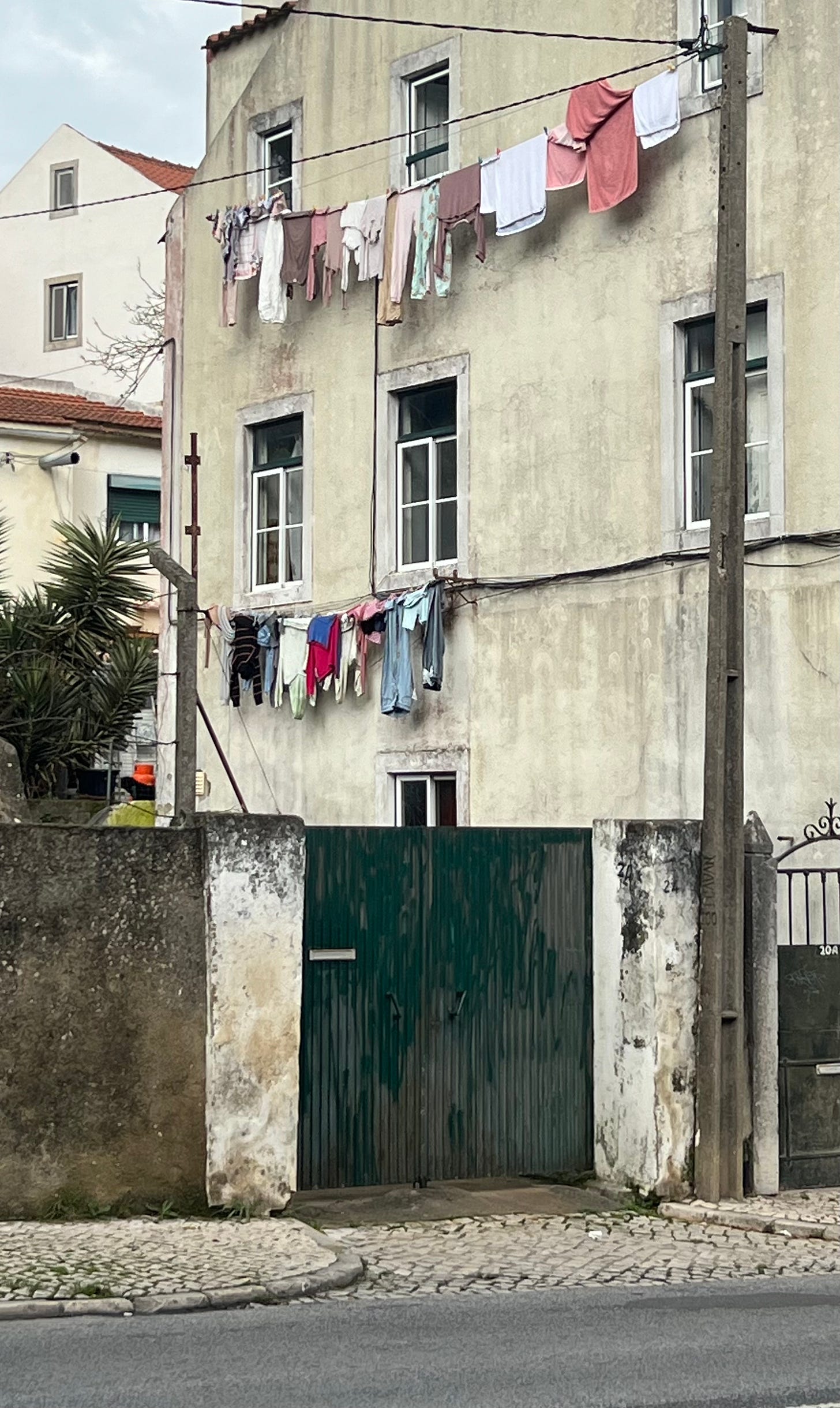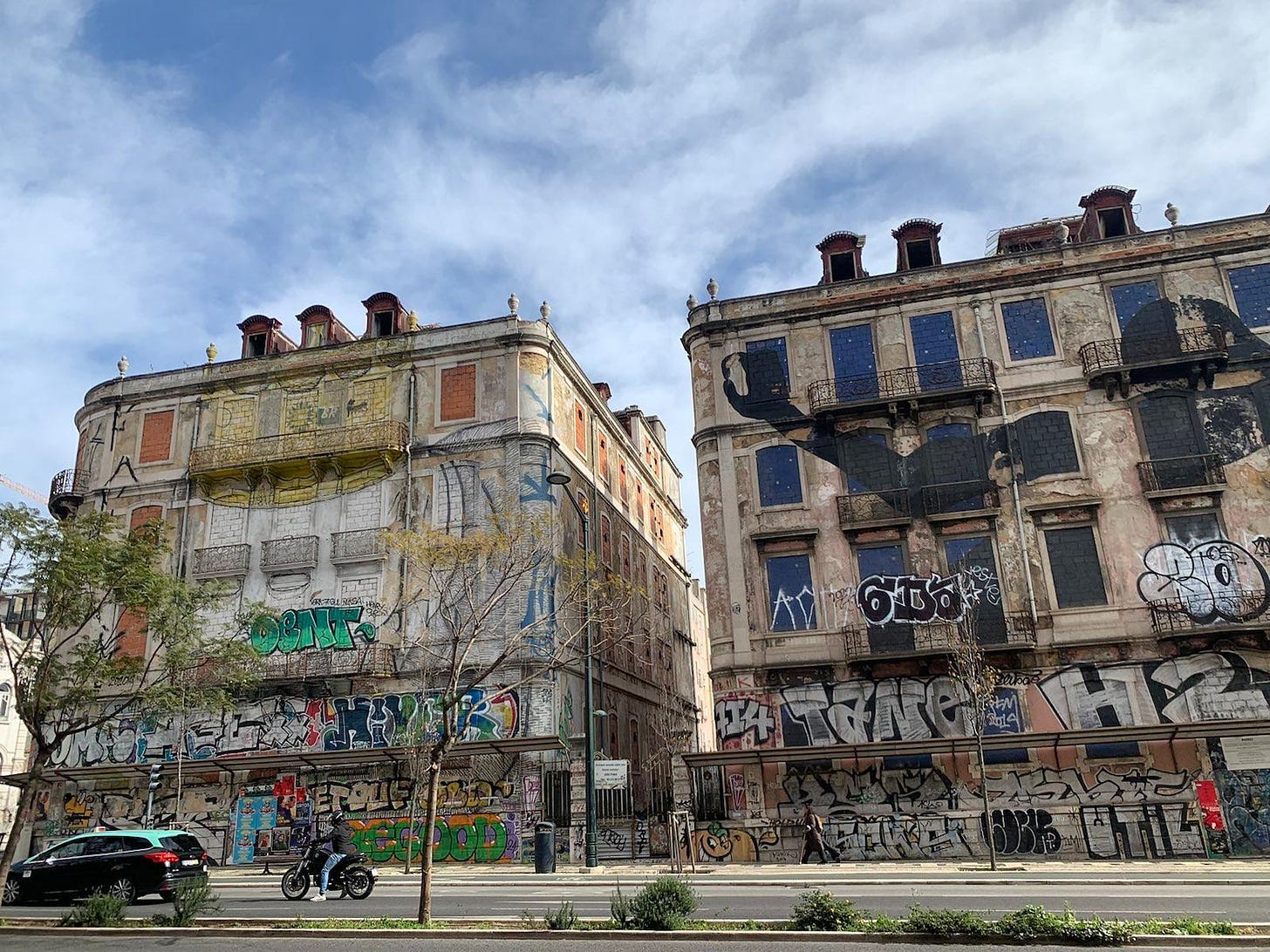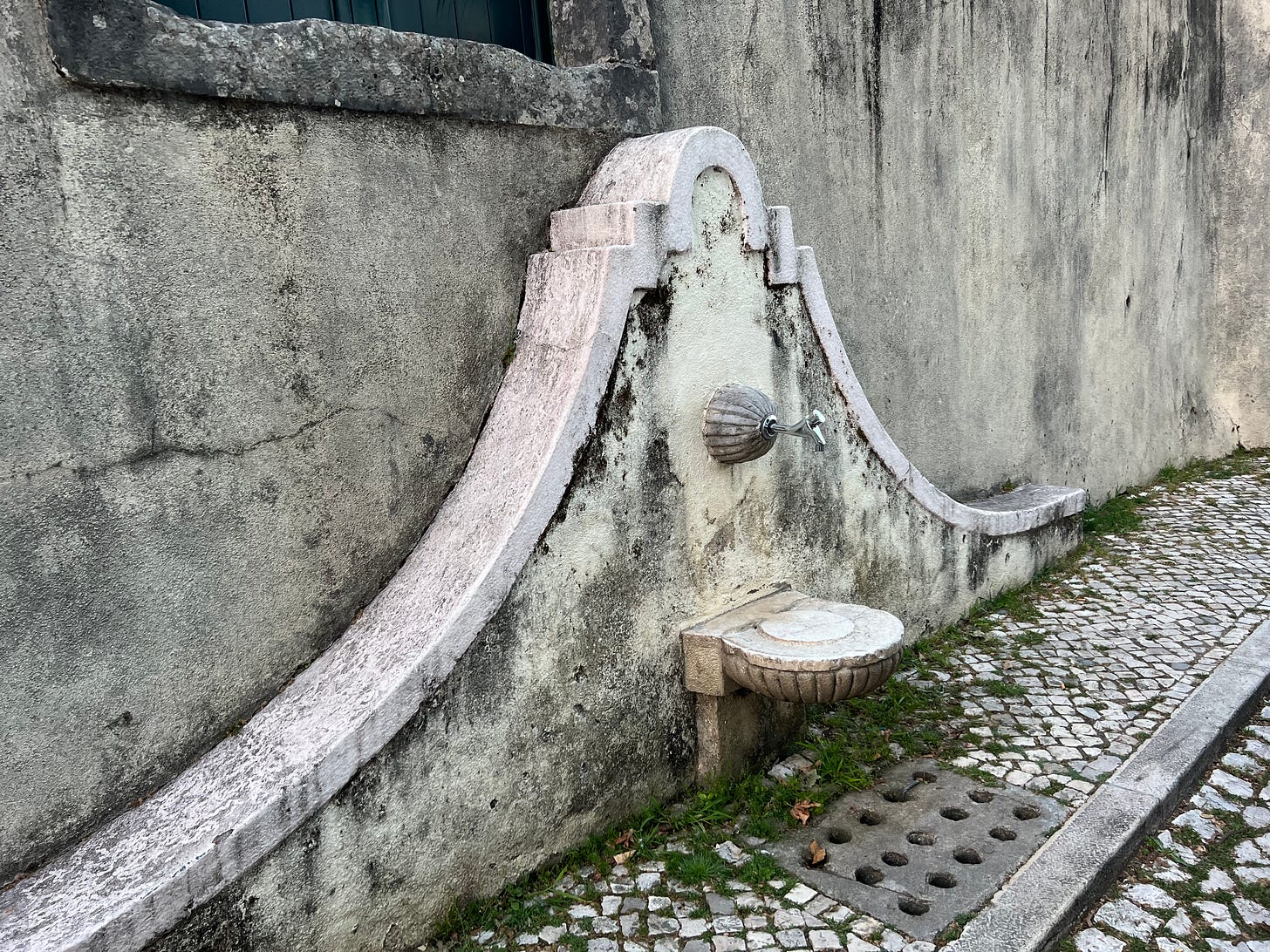Ten Things That Are Just Different In Portugal
...or, how I accidentally ordered 10 coffees for breakfast, and other true facts
Coffee to go is not a thing here. The ubiquitous sight in the US of someone holding a to-go coffee cup with the plastic lid with the tiny vent hole to drink from does not exist in Portugal. And it’s not coffee, it’s cafe. You go to the cafe for a cafe. If you don’t say otherwise, you will get a bica i.e. an espresso (for a price of .65 - .85). If you want more than the two or three sips in a bica, ask for a cheia (full) and they’ll give you a double espresso plus in a regular coffee cup. If you want a bit of milk in your espresso ask for a pingado, if you want a bit more milk than a bit ask for a garoto, a word that means child, which I guess is them trying to tell you something about a grown up wanting too much cold milk in their coffee. For a latte-like drink, you can order a meia de leite, which is half steamed milk and half coffee served in a cup; a galão is similar but milkier and fancier with ¼ cup of coffee and ¾ cup of steamed milk served in a tall glass. If you’re an Americano type of person, ask for a or abatanado.
I clarified all of this with my Portuguese instructor after a hilarious outing to a cafe. The h and I took some visiting family to a cafe. The barista spoke a bit of English, so I abandoned Portuguese and ordered five coffees - two geloes and three pingados. We got ten cups of coffee - five bicas, two lattes and two slightly-bigger-than-espressos with milk. I only understood the problem after the order was being prepared so we cheerfully quaffed this enormous amount of caffeine and power-walked the village. I’m sure the people at the cafe thought, How strange Americans are.
Even the street signs and mile markers have character here. Back in the US street signs are invariably green (sometimes blue) and rectangular, and appear atop their very own street sign poles. Here in Portugal street signs are embedded into walls and buildings, and are fancy affairs made of decorative tile - ajulejos, em Portugues. Ah-zhoo-LAY-zhosh. The street names are often very long, after some personage or other. Sometimes in older places, like my village of Belas, they are carved wooden planks. Also you can be walking down a street and it will change names two or three times in the space of a few hundred yards. Mile markers are grand stone affairs with words carved into them: Lisbon, 15k or Mafra 40k. It is easy to imagine horses clip clopping past them.
Walls are everywhere. Walls that surround properties and castles are muros; walls that join together to form a room are paredes. Muros are like fences in the US, if fences looked a thousand years old. Our property has what seems like a couple of miles worth of muros, stained with age and often covered in vines and moss which have tumbled the walls in places. When driving in the countryside you can find yourself driving on a narrow road with three foot muros on either side, so that you feel like a pinball racing down a chute.
There are benches everywhere you go. In the parks, on the walkways, on the sidewalks, even built into walls. I mentioned it to the h. I noticed that, he said. Not at all like Italy, remember? I remember. We went on a 10 day trip to Rome and I swear there wasn’t a bench to be found anywhere. We were looking for a place to sit and enjoy a bottle of beer we’d bought, and the only place we could find was the steps of a church..
Our Secret Garden - my fancy term for the half acre backyard between the palaceta and the street - is surrounded by tall muros; we only just discovered after a two-week long cleanup that there are three benches carved into the inside walls. Everyone, everywhere, expects to be able to sit for a spell, apparently. There are even groups of benches for no reason at all, as if the designer just envisioned that a bunch of people might like to sit and hang out together in the shade. I mistook this one in the picture for a bus stop, but it turns out it is just a stop - a nice place to sit and have a chat under the wisteria. On our morning walk Jake and I will sometimes hook a left and walk in the neighborhood behind our property - a constellation of a dozen apartment buildings with a grade school in the approximate middle. Across from the school there are half a dozen benches, each of them usually occupied by one or two older folks, watching the kids playing in their fenced playground, chatting, or just sitting serenely. Most will reach out to pat Jake if he passes within arm’s reach. Beleza, they might say, or Bonito. Jake gave one nice lady a big sloppy kiss and she proved herself to be a true Jakebrother when she laughed and said Sempre amigos.
Sidewalks here are made of tiles called calcadas. They are everywhere - often with a design worked in. They are made of white limestone, the individual pieces no more than two millimeters apart. The people who make these walkways are called calceteiros. Our property has long sidewalks and roads made of calcadas, and our workers have proven themselves to be skilled calceteiros among all the other things they can do. These stones are beautiful, often laid with intricate designs, but dangerous, slippery even when dry, polished as they are with the passage of many feet. They are often uneven, easy to catch the toe of a shoe on. And when they are wet they are downright malevolent. To add to the fun, some of the sidewalks are exceptionally…narrow. In the picture above with two tile street signs inlaid in the wall, there is a red arrow at the bottom pointing to a five inch strip against the all - that is a sidewalk! I’ve had to train Jake to walk behind or in front of me, as there is often no room for him to walk at my side. In many places, if you pass someone coming the other way, one of you will have to step into the street. Busses zoom by within inches of your elbows.
When we first moved here and were exhausted after a full day of brush cutting and burning and hauling junk from the buildings we’d go down the street to the churrasqueria and get a chicken and some wine. I would be inordinately fearful that a passing car or bus would hit our bags as they dangled by our side, smashing our precious dinner all over the pavement. Hold the bag in the hand near the wall! I’d shout at the h as we scooted home in single file. I tend to state the obvious when I am hangry but the h is nice enough not to point it out.
I don’t see many women wearing high heels on calcadas - in fact I’ve seen exactly one, and based on the size of her shoulder bag I suspect she took off her practical shoes and put on the stilettos she was wearing specifically to look good while waiting - seated on a bench - for someone she was hoping to impress. Surrounded by acres of calcadas she’d never be able to navigate in those shoes, she was like a princess in a tower.
Tiles are omnipresent - on churches, palaces, shops, houses, train stations, bus stops - giving everything an elegant, artistic flair. They don’t just beautify buildings, they keep them cool in the summer, and are a good way to combat mold, which is legion. In Portugal they call tiles azulejos, and they are everywhere - cladding entire apartment buildings, or just a strip at the bottom of a wall, or the entryway of a business. Our house is full of them - well, it was full of them. At one point, before the sellers put bars on the doors and bolted metal over the windows and installed a security system, there were tiles in the entryway, tiles in the hallway, tiles in all the bathrooms - often two or three kinds of tile in a single room, like the kitchen which features both red tiles as well as tiles with rustic, folkloric designs, each hand-patined: a rabbit, carrots, an antelope, onions, fish, and, horribly, the head of a pig on a serving platter, which made my horror writer’s heart rejoice. Someone or someones came in and chipped many of the tiles off the walls, which isn’t such a big deal since we found a shed on the property filled with spare tiles, should we want to replace the same designs. I’m guessing though we’ll want new designs and colors - they are doing some really interesting things now, three dimensional tiles and such.
Ceilings and roofs are artistic. Many ceilings have plaster work - medallions in the center of the room, plaster florets in the corners. The room I’m in right now features a woman’s face with a flower in her mouth in each corner of the ceiling. The dining room ceiling features big clusters of plaster grapes. In another room over in the quinta, huge lillies decorate the ceiling like frosting flowers on a wedding cake.
Rooflines are different here. All roofs almost without exception are made of red clay tiles. It is a beautiful sight, flying into Lisbon and looking down on a sea of red tile roofs gleaming in the sun. Many have pediments and decorative features that presumably stop pigeons from roosting and turning the sea of red roof tiles into guano-splattered canvas worthy of Jackson Pollack.
There are a lot of statues at the tops of buildings here. There are even statues at the tops of houses. My house has a cherub’s face at the top peak; my neighbor’s house has some kind of statue that looks like a woman holding a flower - perhaps a monument to the Carnation Revolution. I will have to ask her.
All over Portugal you will see garlands of clothes hanging out of windows like textile Christmas lights. Whether you’re in a hipster back alley of Lisbon drinking wine at outside tables or having a quick bica-and-pastel-de-nata at a corner cafe, look up and you’ll see the smile of a clothesline stretched across a balcony, or from window to window. Sometimes the clothes are ordered by family member - toddler, middle schooler, teens, parents; sometimes they are clearly grouped by gender with dresses on the left and work pants on the right — I’ve seen every strategy. I bet there isn’t a single apartment building in all of Portugal right now that doesn’t have clothes on a clothesline flapping from an open window. It’s nice to think a whole country is putting on clothes with that wonderful fresh smell of laundry that dried outside in the sun and wind.
In the US, when you see graffiti it means you’re in a bad neighborhood - surely there are flop houses or crack dens or whatnot in the area. Where I am from there is no distinction between graffiti and street art - spray paint doesn’t belong on a building period, and if it is allowed to remain it is considered a highly visible signal that things in the area are going downhill fast.
But not in Portugal! Here, graffiti is, well, everywhere. Sometimes it rises to the level of street art, and there are murals that rise to the level of artistic mastery. But lots of times it’s just graffiti. People don’t get bent out of shape about it. I see efforts to wash it off or cover it up only occasionally - the walls that border the queen’s land is one such place, though someone tagged the gates shortly after we arrived last year, and the marks are still there. You get used to it; after awhile you barely notice it. I have no complaints about it except for the graffiti that appeared in the town park in central Belas just before Christmas, noticeable for how decidedly out of place it is. Graffiti here is never obscene or pornographic - well almost never. There was a single instance of spray paint on our long-abandoned property, a drawing of a penis and testicles, the penis merrily spurting. The h scraped it off with a razor blade. We have walked all over Lisbon and Sintra, and driven through many villages and towns and it is literally the only instance of the millions of instances of graffiti that I’ve seen that depicts something sexual… and it was in a place absolutely no one could see it, as if the boy who did it knew he was breaking some kind of code.The person responsible for the graffiti in the park absolutely knew they were breaking a code - they spray painted three swastikas, poorly drawn and plainly visible. I’ve been waiting for the municipality to come out and clean them off but it’s been more than three months now. If they don’t clean it off by mid May when my brother in law and his wife visit, I plan to enlist their help to create a distraction while I wield my spray paint can and turn those swastikas into daisies with spiky petals. Call it a public service.
One of the things I love about Rome are all the public water stations, many of them running 24x7. Citizens can just go up and fill a jug or two, or have a drink, or wash their hands or rinse their feet. There is just such a water station in my village, right down the street in fact. The other day I saw a man back his car up, and systematically fill five large plastic jugs from a new-looking shiny silver spigot embedded in the old stone wall. As the jugs filled, he gossiped with the lady who sells shoes and whatnot one week out of every month, her tables laid with merchandise sandwiched between the vet and Cotorinho, a restaurant with a nice covered patio that has a sign informing you yes, they accept Bitcoin. This is how it is all over Portugal, the ancient cheek-by-jowl with the so-new-as-to-be-futuristic. The shoe selling lady has a little dog that sits in the truck that is loaded with merchandise; the dog goes absolutely bananas whenever Jake and I pass by on our morning walk. The lady nods and smiles at us and just raises her voice louder to whoever she is talking to, totally ignoring the dog, just as Jake does.



